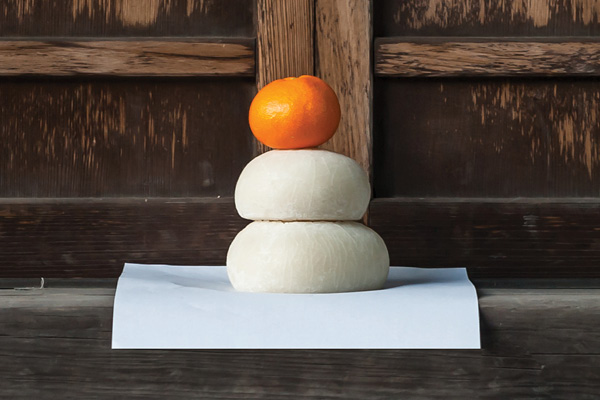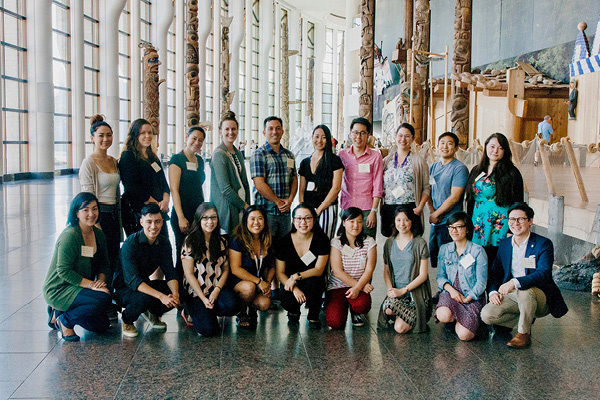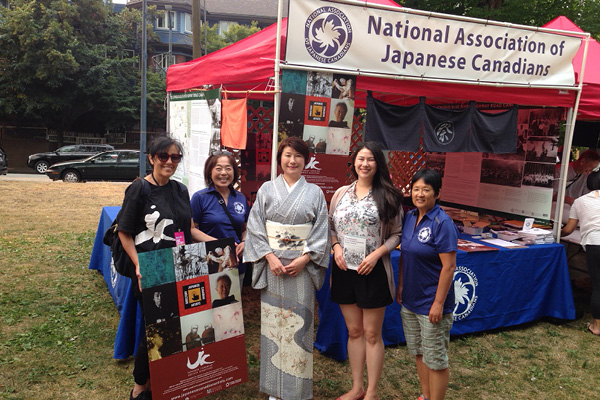The Canadian War Museum: A Victory for Vigilance
Projected on the floor was a red sun with emanating rays – I stumbled as I narrowly avoided stepping on it.
It was the Japanese flag, or more correctly, the active ensign of the Japan Maritime Self-Defense Force. The image was dead-centre and if one was busy looking at the wall displays, you would have stepped on it, as many people did during the time that I was there.
In the summer of 2005, my family visited the new Canadian War Museum in Ottawa more to see the stunning architecture of Raymond Moriyama who designed the building. I was not prepared for the flag or the Pacific War exhibit room that shared space with the “Forced Relocation” exhibit dealing with the expulsion of Japanese Canadians.
No other national flags were projected on the floor of the Museum. Even today, the act of stepping on the flag of any nation is seen as a serious breach of protocol and I believed then and still do today that this was done deliberately by the exhibit curatorial staff of the Canadian War Museum.
The purpose of pairing the Pacific War and the Japanese Canadian internment was very clear – guilt by association. On one side was a mannequin dressed in World War II Japanese army uniform and on the wall beside it was a large map showing the extent of Japanese expansion during the War. For a visitor unfamiliar with the history of Japanese Canadians during the war, the internment would seem justified when placed in the same small room that displayed the extent of Japanese militarism in Asia. This is reminiscent of the motion passed by the Ontario Command of the Royal Canadian Legion, on May 16, 1985, against reparations for Japanese Canadians by a margin of 1300 for and 2 against. Marika Omatsu notes in her book, Bittersweet Passage, “Amazingly, the Ontario Command compared the internment of the Japanese in Canada to the imprisonment of Canadian soldiers in Japan.”
The exhibit failed to mention that 75% of the uprooted and expelled Japanese Canadians were Canadian born or naturalized citizens thus giving the impression that all were non-citizens of Canada. The text accompanying the photographs of the internment camps implied that life was normal in these camps and ignored the poor quality of the hastily constructed cabins that housed over 8 people each, with no insulation and heated by a small stove. A total of six major flaws were identified by the NAJC Ad Hoc Committee formed to negotiate changes to the Japanese Canadian exhibit. The Committee was composed of Grace Thomson (Chair & Past President), Ann Gomer Sunahara and Dr. Roy Miki.
Almost immediately after the opening of the Museum in 2005, trickles of complaints from Japanese Canadians began coming in to the NAJC and the then president, Henry Kojima, sent a letter to the Museum objecting to the projected image of the Japanese flag on the floor as well as pointing out the fact that there were no explanation about the contributions made by Japanese Canadians in WW1, WW2 and the Korean War. Grace Thomson visited the CWM and wrote a lengthy curatorial report of the exhibition which formed the basis of the NAJC position paper. She followed this up with a series of letters and visits, the last formal visit included Yumi Shoenhofer, Jack Kawamoto and Mona Oikawa of the Ottawa Japanese Community Association.
I am pleased to report to you today that the Canadian War Museum has made significant changes to the Japanese Canadian “Forced Relocation” exhibit as recommended by the Committee. Ann Sunahara reports that the following changes have been made:
1. the addition of a 5-foot long bench-exhibit on the service of Japanese Canadians during WWII, that includes pictures of serving soldier/translators and a picture of Thomas Shoyama in uniform together with information about his post-war career;
2. the enlargement of the section on redress and the placement of a larger, more readable Acknowledgement document at eye-level;
3. the replacement of the civilian picture of Masumi Mitsui with one of him in uniform;
4. the acknowledgement of racism as a factor in the removal and treatment of Japanese Canadians;
5. an express statement that 75% of the affected persons were Canadians;
6. the acknowledgement that many of the young people who signed for post-war shipment to Japan did so in order to not desert their parents; and
7. clarification of the motives of those who were confined in Angler and Petawawa for objecting to separation from their families.
On behalf of the NAJC, I would like to extend our heartfelt appreciation to the Ad Hoc Committee for their vigilance and service.
Last year, I was asked by the president of a local Toronto Nikkei organization what the NAJC did today. For him and most members of the Japanese Canadian community who did not participate in the Redress movement, the relevance of our organization ceased after the compensation cheques were received. As long as systemic racism and discrimination exists in our community, the NAJC will have relevance and it will continue to be vigilant against those who deliberately omit, distort or marginalize the history of injustices towards minorities in Canada.
In conclusion, I would like to welcome David Iwaasa, Executive Director of Vancouver’s Tonari Gumi, as a Director of the NAJC National Executive Board. David will chair the important, Membership Committee.
The NAJC, upon the recommendation of the Human Rights Committee, has sent a formal letter of complaint to Jason Kenney, Minister of Citizenship, Immigration and Multiculturalism, expressing objection to the Federal Government’s decision to cut $53 million dollars in funding to Immigrant Settlement Services. At a time when there is a 23% rise in immigration to Canada, these funds are necessary to assist newly arrived people to integrate into Canadian society. We will continue to monitor the government on this issue.




